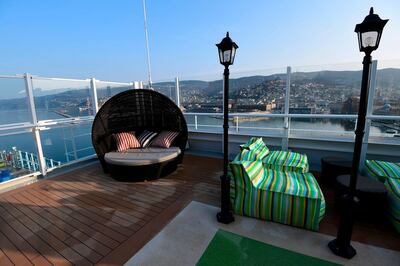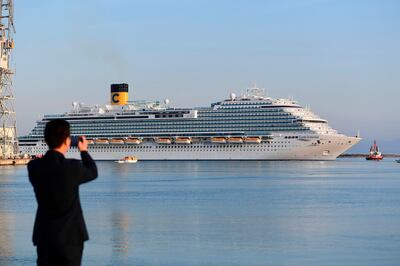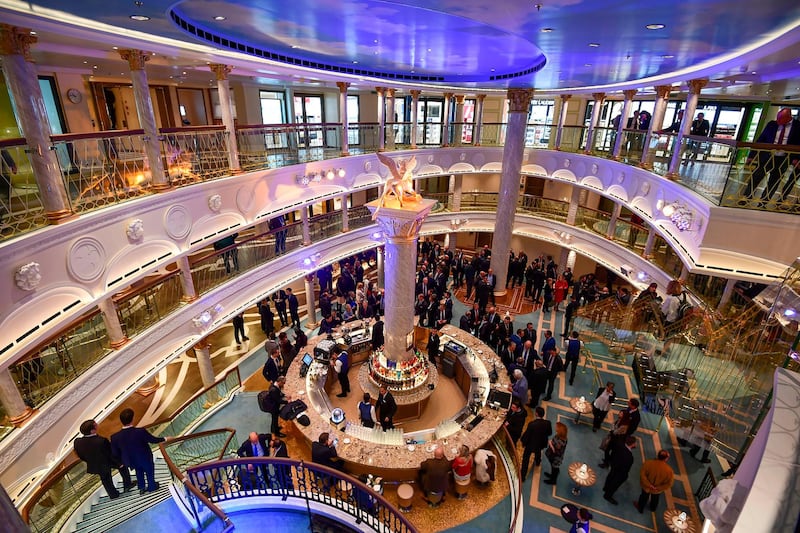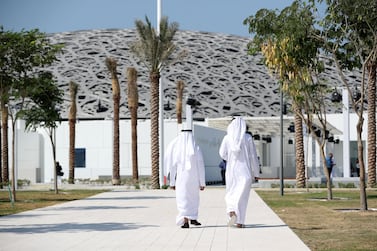For the better part of a decade, wealthy Chinese tourists have been on a feeding frenzy for luxury brands, casinos and cruise lines.
Now there are doubts about how long the buffet will last.
From Tokyo’s glitzy Ginza shopping district to Hong Kong, Macau and New York’s Fifth Avenue, there are noticeable cracks in what has been the very bankable strategy of catering to throngs of newly affluent Chinese travelling the world. Explanations vary from China’s slowing economy to the government’s push to spur spending at home and fluctuations in currency values. Whatever the reason, the result is increasing worry across the globe.
“Luxury brands have gained a lot of traction and growth out of China, but the bloom is off the rose,” Pam Danziger, president of Unity Marketing in Pennsylvania, which researches affluent shoppers, told Bloomberg. “You can’t blame them because that’s where the easy money was.”
Over the past few months, executives have been hounded by questions about high-end Chinese shoppers, who Bain & Co says generated a third of global luxury sales in 2017 - mostly outside China’s border. French luxury giants L’Oréal and LVMH have tried to ease concerns, saying travel sales remain robust. Meanwhile, jeweller Tiffany; Capri Holdings, the owner of Michael Kors and Jimmy Choo; and Coach parent Tapestry said spending by Chinese tourists in cities including New York and Hong Kong has weakened.
Cruise line operators are grappling with this, too. Many poured resources into catering to the Chinese traveller over the past few years only to have demand disappoint. In early 2017, Norwegian Cruise Line unveiled a ship “built for China” that included bigger rooms specifically designed for extended families. But the effort was a flop and the company is now spending $50 million to revamp the ship for Alaskan cruises.
But there have been winners in the cruise sector. One such is Costa Cruises, which has just launched its new Venice-themed ship targeted solely at Chinese tourists.
The Costa Venezia, boasts its own St Mark's Square, gondolas, Italian cuisine and a Venetian carnival. It is designed specifically for the Chinese market and can hold up to 5,260 passengers.

Italy-based Costa Cruises, which is owned by Carnival Corporation, was the first to introduce cruises to the Chinese market in 2006.
Following her preview cruise to Greece and Croatia, which set sail on March 3, and an inaugural cruise, she will be sailing between Shanghai and Japan and will be available exclusively to Chinese guests.

Michael Thamm, group CEO of Costa Group and Carnival Asia, told The Telegraph: "Costa Venezia will help us to further develop the cruise market in China, which has a great unexplored potential."
He added that 2.5 million Chinese people choose to go on a cruise each year, less than two per cent of the total number of Chinese people who travel abroad.
Costa Venezia is part of Costa's expansion plan, which includes seven new ships between now and 2023, with an investment of €7 billion (Dh2.9bn). This will bring its fleet up to 34, including five ships in Asia.
A sister ship will be launched next year by Italy's Costa Cruises, part of the huge Carnival Corporation.
The launching of Costa Venezia "is a very important moment in the history of Costa in China", said the company's Asia president Mario Zanetti.
"This is the first ship we're putting on the market, conceived since the start for Chinese tourists," he told AFP.
The Chinese tourists made a perfect target for luxury brands. Thanks to their homeland’s rapid economic growth, they are newly wealthy, full of aspiration and hungry to display their elevated status. Timing also made them invaluable, with their conspicuous consumption taking off just after the financial crisis. As a result, China became the world’s biggest spender in international tourism in 2012, according to data from the World Tourism Organisation, a United Nations agency.
In Tokyo, they have been a ubiquitous sight, with shoppers filling up empty suitcases with high-end cosmetics in duty-free airport shops, and tour groups flooding into jewellry stores. Marketing around the Chinese New Year has become the norm, with even the US catching on to the opportunity. SeaWorld San Diego and the Chicago Symphony took part this year. In Las Vegas, to mark Chinese New Year, Caesars sent a dragon parade through its Forum Shops mall.
But China’s leaders would like more of those purchases made at home, and they’re taking actions to support that now that the country’s economic growth has slowed. The government reduced taxes on imported goods to encourage its citizens, the world’s highest-spending duty-free shoppers, to buy domestically. It’s also cracking down on daigou - a grey market of surrogate shoppers who buy products like designer handbags overseas for customers in mainland China. It’s a cohort that accounted for an estimated $6 billion in sales in 2016, according to Bain.
Those efforts might be starting to work, given that companies like Capri said its business in China is still growing but struggling in Japan and South Korea because of fewer Chinese tourists. The Chinese have also long been savvy at arbitraging between currency fluctuations and taxes to determine which location is the most attractive to buy the latest handbags, fashion and perfume - a task often handled by daigou.
Shoppers such as Jessica Yang, a 35-year-old lawyer in Beijing, are reconsidering options.
“I buy most of my luxury goods when I travel overseas or at duty-free stores at airport,” Ms Yang said. “If the price is not significantly higher in China, I would also consider buying at a domestic counter.”
Tiffany has been particularly hampered by the slowdown. Last quarter, executives singled out lower spending by tourists, particularly from China, to its flagship store in New York, as a reason for missing analysts’ estimates. Now it’s shifting advertising dollars to other nationalities as a hedge.
“It’s something that we have to deal with,” Tiffany chief executive Alessandro Bogliolo said. “In the luxury business, tourism is an important part.”
Many North American luxury labels consider themselves underexposed to the Chinese market, especially compared with European peers who are faring better. Most are now making inroads in mainland China, mitigating the effects from shifts in tourism. The big handbag labels Coach, Kate Spade and Kors all see China’s domestic market as key to their future and are opening stores there.
L’Oréal CEO Jean-Paul Agon, anticipating questions from analysts on an earnings call last month, was adamant: “We saw no slowdown in China.” Overall the rate of growth in global luxury is expected to remain unabated, even amid macro-economic uncertainties like the ongoing trade dispute with the US, according to Bloomberg Intelligence.
That’s why any sign of volatility in the mighty growth engine is cause for concerns. In Tokyo, a sudden drop in sales at high-end department stores in January triggered alarm bells, coming after Chinese visitors to Japan more than doubled since 2014. Sales rebounded in February at Takashimaya and J Front Retailing, which oversees one of the newest luxury shopping complexes in the heart of Ginza. Still, retailers like Isetan Mitsukoshi and Sogo & Seibu said sales were relatively flat from a year earlier during the week of the Chinese New Year holiday.
“This shows you can’t depend upon Chinese tourism as the drivers of your business,” said Ms Danziger.
“It’s a dangerous place to be.”







